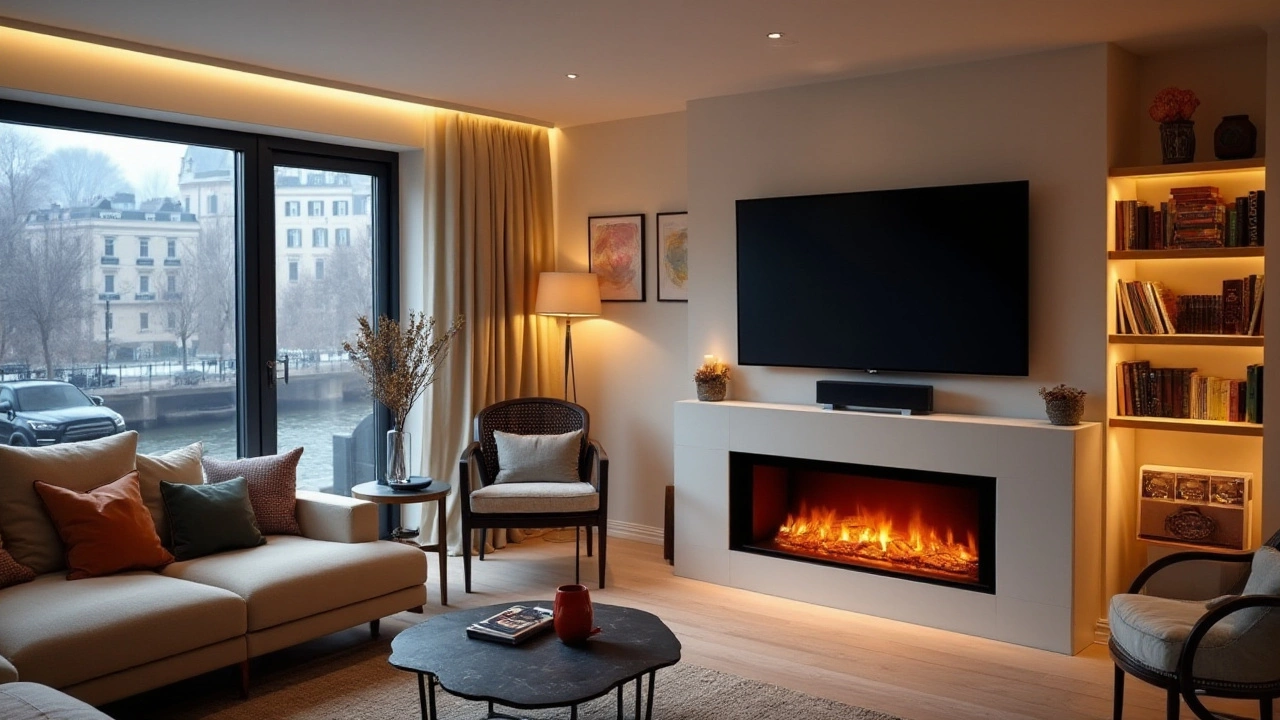Deciding whether to mount your TV on a wall or place it on a stand impacts both aesthetics and functionality in your home. This article explores the advantages and potential drawbacks of each option, offering practical advice to help you make the right decision for your living space. Learn about space management, safety, and style considerations for the optimal television setup.
Television Placement Tips – What Works and What Doesn’t
Putting a TV in the right spot can make your living room feel bigger, keep eyes comfortable, and avoid awkward glare. Too often people mount the screen where it looks good on paper but ends up causing neck strain or ruining the room’s flow. Below you’ll find the biggest no‑nos and the sweet spots that work for most homes.
Where Not to Place Your TV
Directly opposite a window. Sunlight pouring straight onto the screen washes out the picture. If you can’t cover the window, consider a blackout curtain or move the TV to a side wall.
Too low on a shelf. A TV that’s lower than eye level forces you to look down, which can lead to neck pain after a few episodes. Aim for the middle of your eyeballs when you’re seated.
Right in the middle of a high‑traffic path. When people constantly walk in front of the screen, you lose viewing time and the room feels cramped. Keep the TV out of the main walk‑through area.
Above a fireplace that isn’t properly framed. Heat rises and can damage electronic components over time. If you must go above a hearth, make sure there’s a heat shield and enough clearance.
On a wall with strong colour contrasts. Dark walls make the TV blend in, while bright walls cause glare. Neutral, matte walls are the safest choice.
Best Spots for Comfortable Viewing
First, measure the distance from your couch to the wall. A good rule of thumb is 1.2 to 1.6 times the screen’s diagonal. For a 55‑inch TV, that means sitting about 6 to 9 feet away.
Next, think about height. Mount the TV so the centre of the screen sits about 42 inches from the floor – roughly where most people’s eyes are when seated. Use an adjustable wall mount if you need flexibility.Consider the angle of view. Tilt the screen slightly downward if it’s higher than eye level, but avoid more than a 15‑degree tilt to keep the picture crisp.
Lighting matters. Install dimmable lights or LED strips behind the TV to reduce eye strain. Position lamps at 90‑degree angles to the screen to cut reflections.
Finally, check the room’s acoustics. Place the TV away from hard surfaces that amplify echo. Adding a rug or soft furniture can soften sound and improve the overall experience.
By following these simple checks—avoiding glare, keeping the screen at eye level, and respecting traffic flow—you’ll get a viewing area that feels natural and looks great. Ready to move that TV? Grab a stud finder, a level, and a friend, and you’ll have a better‑looking living room in no time.
